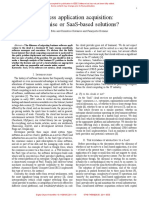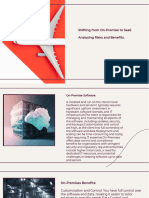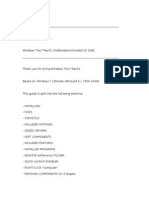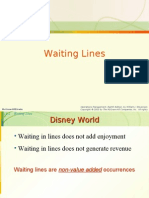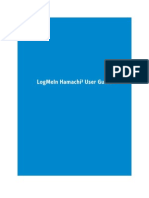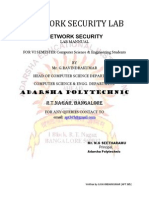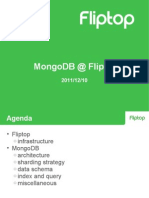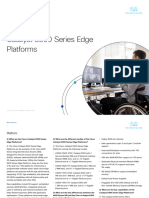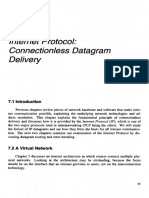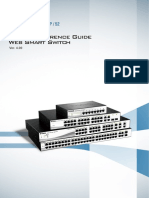0% found this document useful (0 votes)
26 views5 pagesCloud Computing Problems
The document discusses the roles of SaaS, PaaS, and IaaS in cloud computing, highlighting how they complement each other in providing software solutions, development platforms, and infrastructure. It also outlines potential challenges of adopting cloud services, such as security concerns and vendor lock-in, and compares subscription-based pricing models for SaaS with usage-based pricing for IaaS. Additionally, it covers considerations for choosing PaaS providers and concludes with the benefits of enterprise cloud computing, including agility, cost optimization, and operational efficiency.
Uploaded by
soravrjpt3Copyright
© © All Rights Reserved
We take content rights seriously. If you suspect this is your content, claim it here.
Available Formats
Download as PDF, TXT or read online on Scribd
0% found this document useful (0 votes)
26 views5 pagesCloud Computing Problems
The document discusses the roles of SaaS, PaaS, and IaaS in cloud computing, highlighting how they complement each other in providing software solutions, development platforms, and infrastructure. It also outlines potential challenges of adopting cloud services, such as security concerns and vendor lock-in, and compares subscription-based pricing models for SaaS with usage-based pricing for IaaS. Additionally, it covers considerations for choosing PaaS providers and concludes with the benefits of enterprise cloud computing, including agility, cost optimization, and operational efficiency.
Uploaded by
soravrjpt3Copyright
© © All Rights Reserved
We take content rights seriously. If you suspect this is your content, claim it here.
Available Formats
Download as PDF, TXT or read online on Scribd
/ 5




